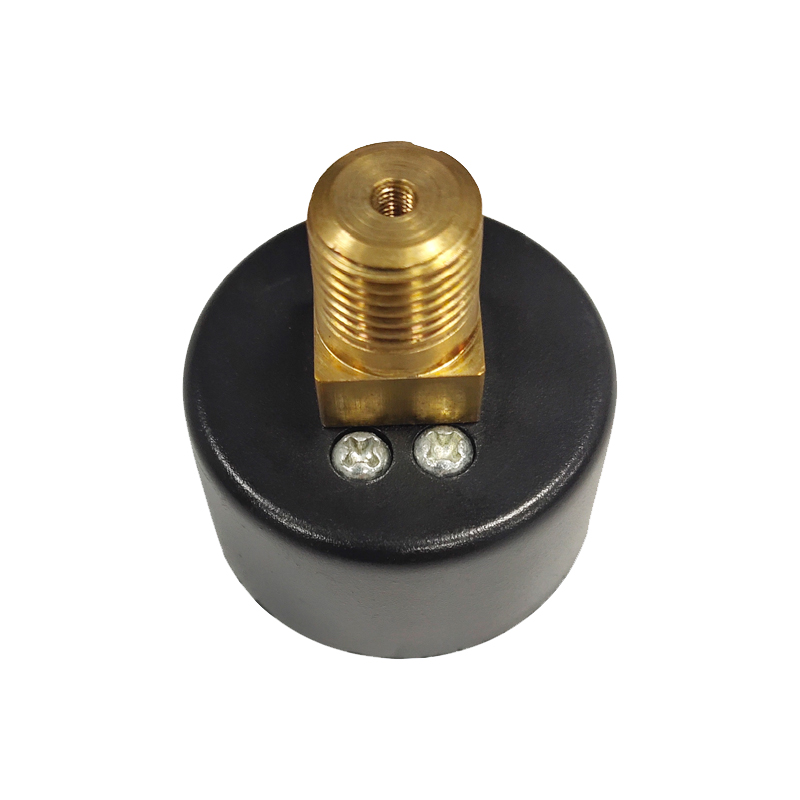
Dec . 19, 2024 23:59 Back to list
Components and Functions of Diaphragm Pressure Gauge for Reliable Service
Understanding the Parts of a Diaphragm Pressure Gauge and Their Service
A diaphragm pressure gauge is a crucial instrument used in various industries to measure the pressure of gases and liquids. This type of gauge operates on a fundamental principle the deformation of a diaphragm under pressure. As one of the most reliable types of pressure measuring devices, diaphragm pressure gauges find applications in environments where accurate readings are essential, such as in process control, HVAC systems, and many chemical operations. In this article, we will explore the key components of a diaphragm pressure gauge and discuss their roles in its operation and service.
Components of a Diaphragm Pressure Gauge
1. Diaphragm The diaphragm is the heart of the pressure gauge. Made from materials such as stainless steel, brass, or other alloys, it is designed to flex when subjected to pressure changes. The material chosen for the diaphragm is critical, as it must be compatible with the medium being measured to prevent chemical reactions and degradation.
2. Housing The housing of the gauge protects the internal components from environmental factors such as dust, moisture, and mechanical damage. It is typically made from durable materials like stainless steel or plastic, providing a robust protection mechanism for the sensitive internal components.
3. Movement Mechanism The movement mechanism translates the diaphragm's deflection into a readable pressure measurement. It typically consists of a series of gears and levers that amplify the small movements of the diaphragm and convert them into a larger, more manageable motion on the gauge display.
4. Dial The dial is where the user reads the pressure measurement. It is calibrated with specific pressure units (such as psi, bar, or kPa) and may include additional markings for ease of reading. The accuracy of the dial calibration is critical for taking precise measurements.
5. Pointer The pointer, attached to the movement mechanism, indicates the pressure on the dial. Its movement corresponds directly to the diaphragm's deflection. Many gauges also feature anti-parallax pointers to enhance accuracy when reading the dial from different angles.
6. Fitting The fitting is the connection point between the pressure gauge and the system being measured. It is essential for ensuring that the gauge can accurately sense the pressure of the media in the system. Different fittings are available to accommodate various piping standards and thread types.
parts of diaphragm pressure gauge service

Service and Maintenance
To ensure optimal performance and longevity of diaphragm pressure gauges, regular service and maintenance are essential. Here are some key points to consider
- Calibration Gauges should be calibrated regularly to maintain accuracy. This process often requires specialized equipment and should be performed by trained technicians.
- Inspections Regular visual inspections can help identify signs of wear or damage, such as corrosion, which can affect the performance of the gauge. Early detection allows for timely maintenance or replacement.
- Cleaning Depending on the environment and the media being measured, build-up of debris or contaminants can occur. Periodic cleaning ensures the gauge remains unobscured and sensitive to pressure changes.
- Environment Awareness Be mindful of the operating environment. Extreme temperatures, vibrations, or exposure to corrosive substances can all impact gauge performance.
Conclusion
Diaphragm pressure gauges are vital tools that provide accurate measurements in a wide variety of settings. Understanding their components—including the diaphragm, housing, movement mechanism, dial, pointer, and fitting—is essential for proper use and maintenance. Regular servicing, calibration, and awareness of environmental conditions can help ensure their reliability and extend their service life. In industries where precision is non-negotiable, investing time and resources into maintaining diaphragm pressure gauges is well worth the effort.
-
High-Precision 5 Valve Manifold Differential Pressure Gauge Suppliers
NewsApr.29,2025
-
High-Precision Diaphragm Vacuum Pressure Gauges Manufacturers & Quotes
NewsApr.29,2025
-
Omega Differential Pressure Gauges High Accuracy & Durability
NewsApr.28,2025
-
Low Pressure Differential Pressure Gauges Precision Solutions & Quotes
NewsApr.28,2025
-
Digital Diaphragm Pressure Gaauge Precision Measurement & OEM Quotes
NewsApr.28,2025
-
Differential Pressure Gauge China Price High-Accuracy & Best Quotes
NewsApr.28,2025
